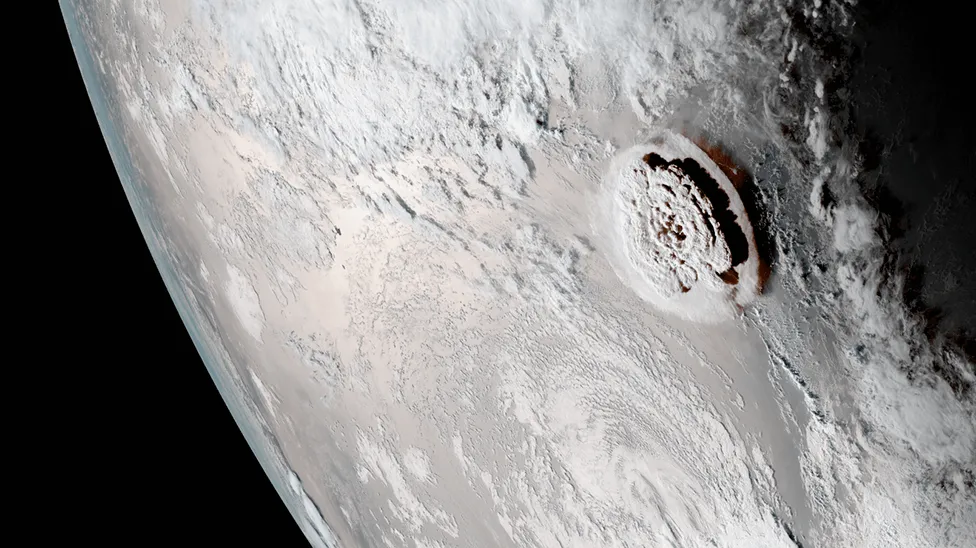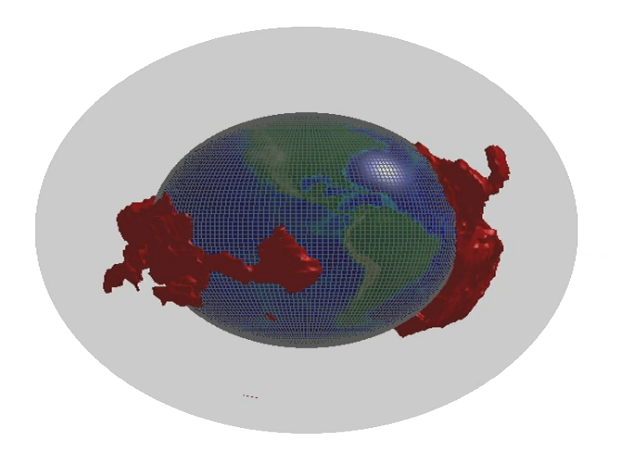
To begin with, I remind you that I am a geologist, not a nuclear physicist, but I do have some basis for understanding and divulgation as well. I want to do this because as a person of science, I should not have also believed certain scientific inaccuracies that have become almost stereotypes. One only has to delve a little deeper into the subject (from scientific sources) to discover that it is not all as dark as it is painted. We are usually afraid of things we do not know. Culture is freedom.
Let’s start with clarifying: in nature we observe 4 types of energy, electromagnetic energy, gravitational energy, weak nuclear energy and strong nuclear energy. The first two we can experience in everyday life. Light itself is an expression of electromagnetic energy, but so are wifi connections and radio waves. Nuclear energies are less visible because they act within atoms.


 The massive volcanic blast in the Pacific last year was felt 18,000km away on the other side of the world, on the floor of the Atlantic Ocean.
The massive volcanic blast in the Pacific last year was felt 18,000km away on the other side of the world, on the floor of the Atlantic Ocean.
